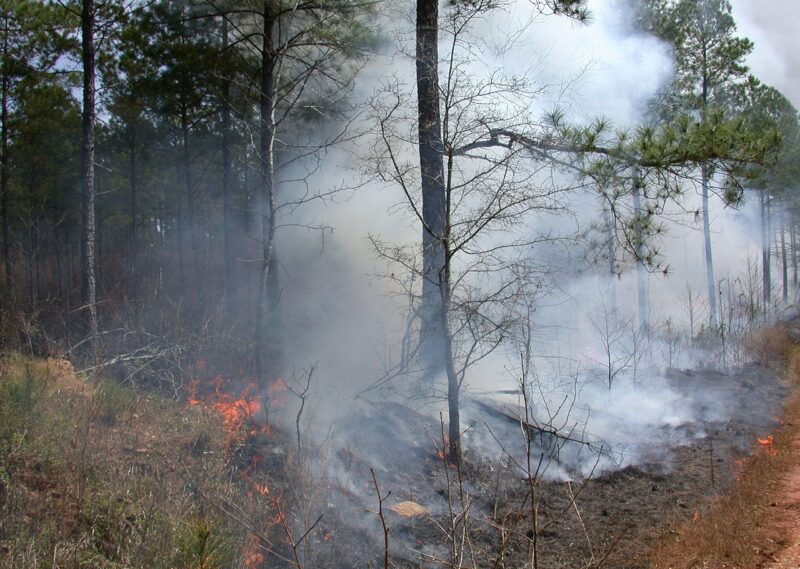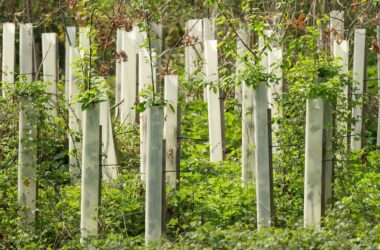Controlled burns, also known as prescribed fires, are a vital tool in land management and wildfire prevention. In this article, we’ll explore the many advantages of controlled burns, how they’re conducted, and their impact on the environment.
Understanding Controlled Burns
Controlled burns are intentionally set fires that are carefully managed to achieve specific objectives. These burns are typically conducted by trained professionals who follow strict guidelines to ensure safety and effectiveness. The primary goals of controlled burns are to reduce hazardous fuel buildup, improve habitat for wildlife, and restore ecological balance.
Advantages of Controlled Burns
One of the most significant benefits of controlled burns is their ability to reduce the risk of catastrophic wildfires. By eliminating dry brush, leaves, and other flammable materials, controlled burns create a natural firebreak that can help prevent the spread of wildfires.
In addition, controlled burns can promote the growth of native plant species and improve biodiversity. Many plants have evolved to thrive in fire-prone ecosystems, and controlled burns can help maintain the balance of these ecosystems.
Conducting Controlled Burns
Before a controlled burn is conducted, a burn plan is developed to outline the objectives, methods, and safety precautions that will be followed. The plan takes into consideration factors such as weather conditions, fuel type, and topography to ensure that the burn is conducted safely and effectively.
During the burn, trained professionals use a variety of techniques to ignite and manage the fire. These may include drip torches, flares, and even helicopters in some cases. The fire is then carefully monitored and controlled until it has achieved the desired objectives.
Environmental Impact of Controlled Burns
Controlled burns can have a positive impact on the environment by promoting ecological balance and reducing the risk of catastrophic wildfires. However, they can also produce smoke and other air pollutants, which can have negative effects on air quality and human health.
To mitigate these impacts, controlled burns are typically conducted during times when weather conditions are favorable for dispersing smoke, and efforts are made to minimize the amount of smoke produced. Additionally, controlled burns are often conducted in remote areas where their impact on air quality is minimized.
Conclusion
Controlled burns are a crucial tool in land management and wildfire prevention. By reducing hazardous fuel buildup and promoting ecological balance, controlled burns can have a positive impact on the environment and help prevent catastrophic wildfires. However, it’s important to carefully plan and manage these burns to minimize their impact on air quality and human health.
Similar Article – Arctic Fires: Threat to the Frozen North
FAQs About Controlled Burns
What is a controlled burn?
A controlled burn, also known as a prescribed fire, is a planned and carefully managed fire that is intentionally set to achieve specific objectives, such as reducing hazardous fuel buildup, improving habitat for wildlife, and restoring ecological balance.
Why are controlled burns necessary?
Controlled burns are necessary to reduce the risk of catastrophic wildfires, promote the growth of native plant species, improve biodiversity, and restore ecological balance in fire-prone ecosystems.
How is a controlled burn conducted?
A controlled burn is conducted by trained professionals who follow a burn plan that outlines the objectives, methods, and safety precautions to be followed. The burn plan takes into consideration factors such as weather conditions, fuel type, and topography to ensure that the burn is conducted safely and effectively.
Are controlled burns safe?
Controlled burns are generally safe when conducted by trained professionals who follow strict guidelines and safety precautions. However, there is always some level of risk associated with any fire, and it’s important to carefully plan and manage controlled burns to minimize this risk.
What are the environmental impacts of controlled burns?
Controlled burns can have a positive impact on the environment by promoting ecological balance and reducing the risk of catastrophic wildfires. However, they can also produce smoke and other air pollutants, which can have negative effects on air quality and human health. Efforts are made to minimize these impacts by conducting burns during times when weather conditions are favorable for dispersing smoke and in remote areas where their impact on air quality is minimized.
Can I conduct a controlled burn on my property?
In many areas, conducting a controlled burn requires a permit and may only be done by trained professionals. It’s important to check with your local fire department or land management agency to determine the regulations and requirements for conducting a controlled burn in your area.
How do I prepare for a controlled burn?
Preparation for a controlled burn typically involves developing a burn plan, obtaining any necessary permits, and clearing the area of any potential hazards. It’s important to work with trained professionals and follow their guidance to ensure that the burn is conducted safely and effectively.










